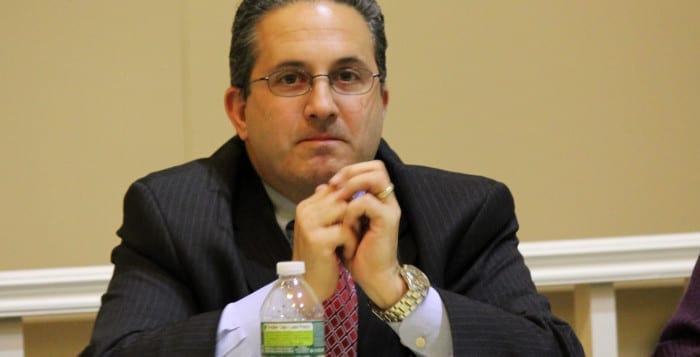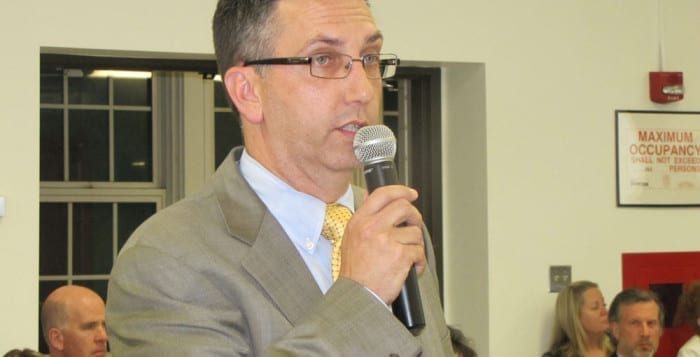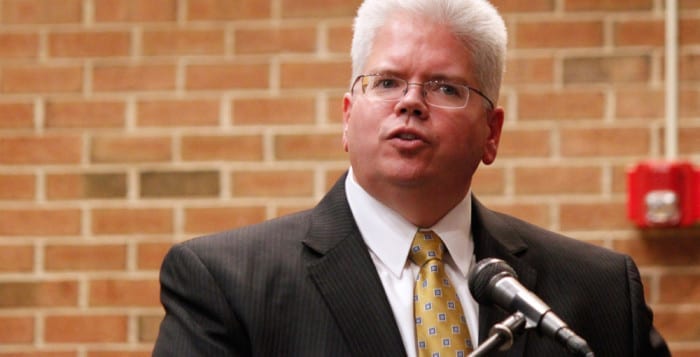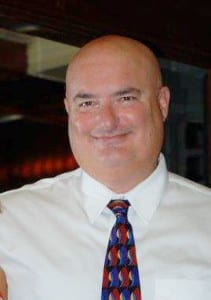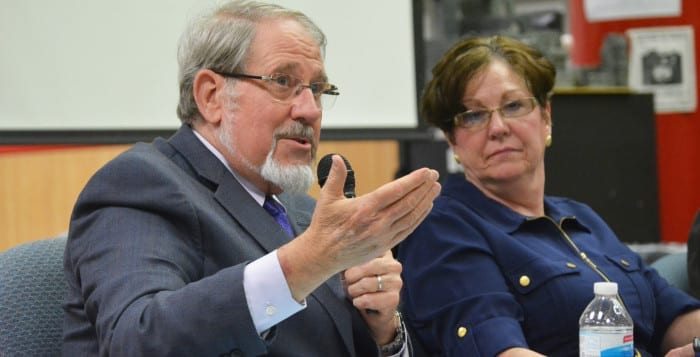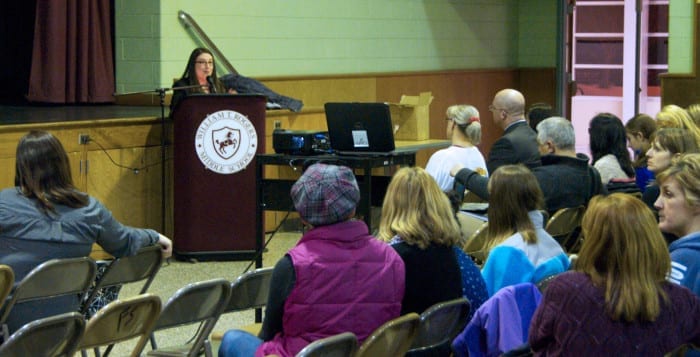Three candidates are running for two separate trustee positions on the Smithtown Central School District’s Board of Education, including one incumbent and two newcomers.
The president of the board is seeking another term and will not be contested in this year’s election, while another member of the board will not seek re-election, opening up the race to two potential candidates to fill the remaining seat on the seven-member board.

Christopher Alcure, president of the Board of Education, is seeking another as a trustee after his current term expires July 1. Alcure first joined the board three years ago, and if elected, will remain in his position until June 2018.
At the helm, Alcure has been a mouthpiece for parents and their kids throughout the district, and his service to the board was not challenged, as no other candidate stepped up to run for his seat.
Board of Education member Matthew Morton, however, did not submit an application to run for another term once his three-year term ends July 1. Two candidates threw their names into the race for his seat, including Jeremy Thode of Nesconset and MaryRose Rafferty of Smithtown.
Thode, a proud husband and father of four girls who attend Smithtown schools, said he decided to run for the BOE because of his experience as an educator and administrator throughout his professional life.
One of Thode’s top issues, he said, was tackling how the district educates its children and making sure decisions are made in the best interests of Smithtown and not in the best interests of politics, big business or other communities. Looking ahead, he said it is important that the district refocuses its attention not on testing, but on finding ways to boost children’s feelings of acceptance and accomplishment.
If elected, I expect to assist the current BOE in advocating for children in an extremely political time,” he said. “We must focus on the children and what is best for them. I expect to put my efforts into making decisions that are best for children, [to] investigate ways to enhance the educational experience so that each child with their individual needs have the opportunity to succeed and belong in a challenging culture.”

Rafferty, an 11-year Smithtown resident, proud wife and mother of three, also submitted to run for Morton’s BOE seat and said she wanted a spot at the table to tackle declining enrollment, tax increases and quality education not being what it was before Common Core was implemented years ago. For the past 11 years, she said, she has been actively involved with the district, serving as Special Education PTA president, treasurer, and member representative to district’s Citizens Advisory Committee on Instruction and Housing. She was also on the planning committee for Smithtown Parent University.
“I want to work with our educators in resolving the conflict concerning the implementation of the Common Core Standards without appropriate written curriculum that is supported by Common Core-aligned text books, work books, computer programs, and to also continue to work with and support our teachers and support staff with professional developments which will serve as a basis for delivering the strong quality education that all of our students are entitled to,” she said. “If elected, I want to ensure that our teachers receive the fair and appropriate evaluations based on student academic achievement in the classroom, local administrative review, and not the majority evaluation based on high stakes testing results.”
Votes will be cast for BOE trustees and the 2015-2016 Smithtown Central School District budget, adopted at the April 14 Board of Education meeting, on May 19.

